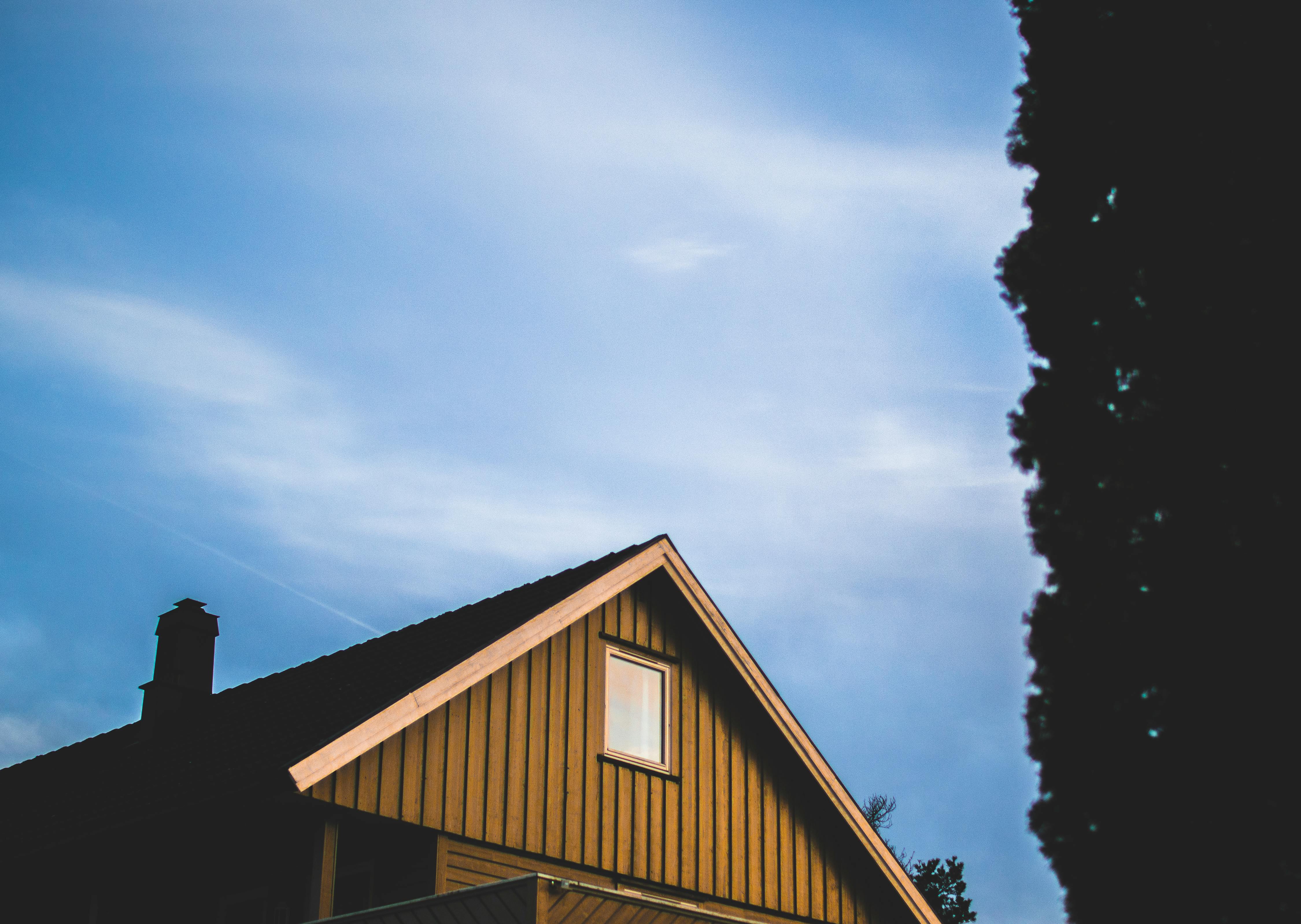
As the saying goes, “A good roof over your head” ensures more than just protection from the elements – it’s also about securing energy efficiency and cost savings in the long run. In the quest for greener, more sustainable living, the choice of roofing materials has emerged as a pivotal decision for homeowners. This article explores how the right roofing can lead to significant energy savings, delving into the science, benefits, and innovative materials that make it possible.
The Role of Roofing in Energy Efficiency
Roofing does more than protect your home from rain and sun; it plays a crucial role in your home’s overall energy efficiency. A well-designed roof can reduce heat gain during the sunniest parts of the day and help maintain comfortable indoor temperatures without overburdening the HVAC system. Consequently, this balance not only ensures a more comfortable living space but also translates to lower energy bills.
Ensuring the health of your roof is essential for maintaining the overall efficiency and sustainability of your home. A simple way to assess the condition of your roof is to get a roof inspection. Regular inspections can help identify potential issues early, preventing costly repairs and ensuring your roofing materials perform effectively for years to come.
Understanding the Science of Cool Roofs
Cool roofs represent a leap forward in roofing technology. By reflecting more sunlight and absorbing less heat than standard materials, cool roofs can significantly lower roof surface temperatures. This reduction in heat transfer to the building interior means air conditioning systems can operate more efficiently, leading to energy savings during the hot months. Despite their advantages, it’s important to consider regional climate factors when selecting a cool roof, as they may not be suitable for areas with cold winters.
Innovative Materials for Better Efficiency
The materials used in roofing have evolved significantly, with modern technologies paving the way for materials that reflect more sunlight and emit more heat. From cool roofing options that feature highly reflective paint, tiles, and shingles to green roofs covered with vegetation, these innovative materials offer novel ways to enhance energy efficiency. Each material comes with its unique benefits and considerations, tailored to different climate zones and architectural styles.
Green Roofs: Merging Aesthetics with Sustainability
Green roofs go beyond mere energy savings, enhancing building insulation, reducing stormwater runoff, and contributing to biodiversity. By adding a layer of vegetation atop buildings, green roofs create natural insulation layers. This setup not only helps regulate building temperatures year-round but also transforms roofs into lush, aesthetic spaces that provide tangible environmental benefits.
Choosing the Right Material for Your Climate
Selecting the right roofing material is a decision influenced by numerous factors, including the local climate, architectural style, and sustainability goals. In hot, sunny regions, materials with high solar reflectance are ideal. For cooler climates, materials that offer better insulation and can support snow loads without compromising energy efficiency are preferable. Balancing these considerations with sustainability and aesthetics requires careful planning and consultation with roofing experts.
Technological Advances in Roof Installation
The methods used in installing roofs have also seen significant advancements. Modern installation techniques are quicker, safer, and more environmentally friendly. By reducing the time and resources needed for installation, these methods contribute to the overall sustainability and cost-effectiveness of roofing projects. This is especially important when considering the long-term return on investment in energy-efficient roofing materials.
Cost vs. Benefit: A Long-term Perspective
While the initial cost of some energy-efficient roofing materials can be higher than traditional options, it’s essential to consider the long-term energy savings. Over time, the reduced energy bills and potential increases in property value can offset the initial investment. Additionally, with growing awareness of climate change and its impacts, investing in energy-efficient roofing contributes to broader efforts in environmental conservation.
Impact of Roofing on Indoor Air Quality
Another aspect often overlooked in discussions about roofing materials and energy efficiency is the impact on indoor air quality. Certain roofing materials can improve ventilation and reduce the buildup of harmful pollutants inside the home. Enhanced air quality not only contributes to healthier living environments but can also reduce the reliance on air purification systems, further lowering energy consumption.
Future Trends in Roofing Materials
As technology progresses, we can expect to see a new generation of roofing materials designed for even greater energy efficiency and environmental sustainability. Innovations such as solar-integrated roofing and materials made from recycled products are already making waves in the industry, promising a future where our homes’ roofs play an even more active role in energy management and environmental protection.
Conclusion
Choosing the right roofing materials is a crucial decision that goes beyond aesthetics. It’s about making a smart investment in your home’s energy efficiency, environmental footprint, and overall comfort. As we’ve explored, there are various innovative materials and technologies at our disposal, each offering unique benefits. By giving thoughtful consideration to our roofing choices, we can significantly contribute to a more sustainable and cost-effective future.
